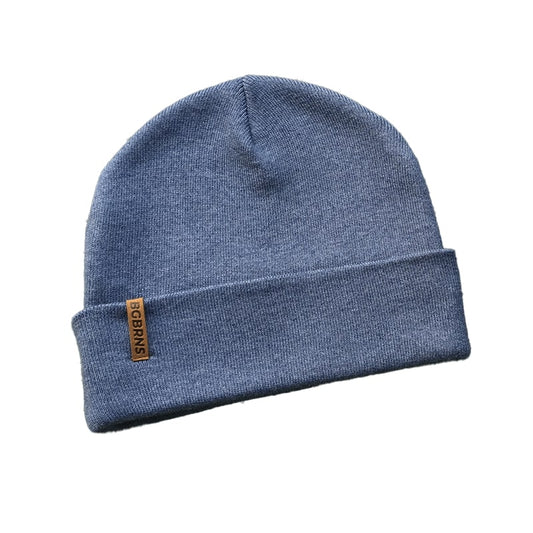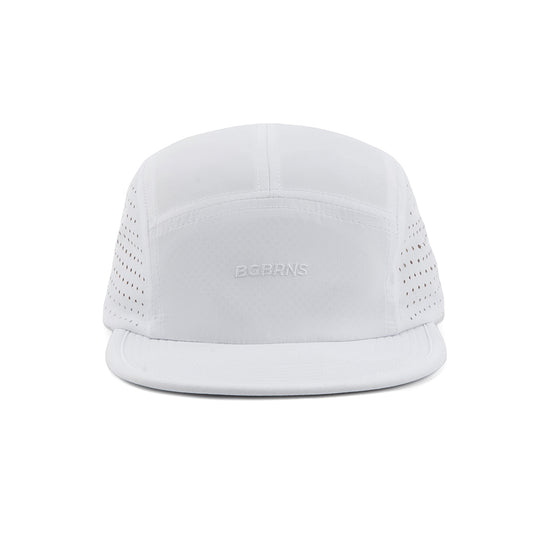The history of caps, hats and headgear
Headwear has been around for centuries, and it has served a variety of purposes over time. Whether as protection from the elements or as a fashion statement, headwear has always been an important part of human culture.
The earliest known hats
Some of the earliest known hats were found in Egypt and date back to around 3200 BC. These hats were made of straw or felt and were often decorated with feathers or other ornaments. Hats were also worn in ancient Greece and Rome, often made of more luxurious materials such as fur or silk.
Hats in the Middle Ages
In the Middle Ages, hats were worn for both practical and decorative purposes. Men often wore hats to protect themselves from the sun and rain, while women wore headdresses to show their social status. Hats were also used to identify different groups of people, such as religious groups or guilds.
Hats in the Renaissance
The Renaissance was a time of great change and innovation, which was reflected in the fashion of the period. Headpieces became more elaborate and decorative, and they were often made of expensive materials such as velvet or brocade. Hats also served to demonstrate one's wealth and status.
Hats in the 19th century
In the 19th century, hat fashion changed in several ways. Women's hats became larger and more ornate, while men's hats became smaller and more practical. Hats were also used to express political and social views. For example, the bowler hat was associated with the British working class, while the top hat was associated with the upper class.
Hats in the 20th century
In the 20th century, the popularity of hats declined. This was partly due to the invention of new materials such as plastic and nylon, which made hats less necessary as weather protection. In addition, hats were considered old-fashioned by many people. Still, there were some popular hat styles such as the fedora and the baseball cap.
Head fashion today
Even today, headpieces are worn for a variety of reasons. They can be used to protect oneself from the sun, rain or cold. They can also make a fashion statement. And in some cases, hats can serve to express political or social views.For whatever reason, hats are a part of human history and culture. They have served a variety of purposes throughout time and continue to be an important part of our lives today.
Here are some additional facts about the history of hats, caps and headwear:
- The word "hat" comes from the Old English word "hæt," meaning "head covering."
- The baseball cap was originally designed in the 1860s as part of the baseball uniform. It was not until the 1940s that it became a popular fashion accessory.
- The fez hat, which originated in Morocco, was popularized by the Shriners, a fraternity, in the early 20th century.
- In ancient Rome, the pileus hat was worn as a symbol of a freed slave. It was given to slaves upon their release as a symbol of their newfound freedom.
- The bowler hat was invented in 1849 by Thomas and William Bowler for gamekeepers who wore it while riding horses. It later became a popular fashion accessory in England.
- The beanie, a type of knitted hat, was originally worn by workers in the early 20th century. In the 1990s, it became a popular fashion accessory.
- The cowboy hat, a symbol of Western culture, was originally intended to protect cowboys from the sun and rain while working on the ranch. Later, it became a popular fashion accessory in the United States.
Head fashion has undergone an interesting evolution over the centuries. From simple hats that protect from the sun to trendy beanies and caps that are an important part of fashion today. Although styles have changed over time, the importance of head fashion as an important part of clothing remains.





